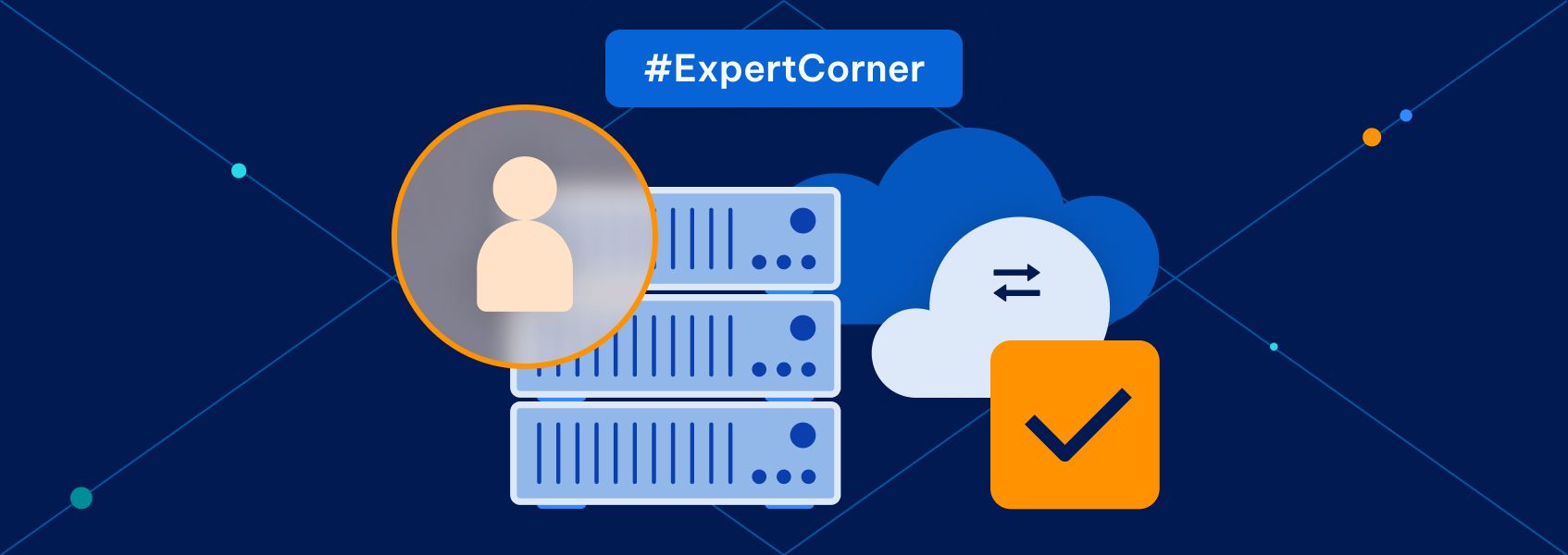Financial Data: Types, Tools, and Applications Explained
Expert corner

Justas Palekas
Financial data helps businesses succeed by promoting data-driven decisions. Leaders use financial statements to make better investment decisions and plan for the future. Companies need this data to handle money wisely and spot upcoming trends.
In this article, you will learn what financial data is, how to collect it, and what tools you can use to analyze it efficiently.
What Is Financial Data?
Financial data refers to financial information that shows how well a business is doing in terms of money. It tracks financial statements such as records of income, expenses, assets, and liabilities. Here are some examples of financial data:
- Balance sheet provides a snapshot of a company’s financial situation at a given point in time.
- Income statement shows how much revenue a company has generated and how much money it spent.
- Cash flow report evaluates a company’s liquidity and ability to pay its debts or bills.
- Satellite imagery is a type of external financial data which could be used to assess the value of collaterals and monitor them in real-time.
In general, companies count on financial data to check their financial position and assess their financial performance. Such information helps them spot problems early and fix issues quickly to prevent unnecessary financial problems.
Types of Financial Data
Traditional Financial Data
Traditional financial data consists of the regular business numbers that help companies stay on track:
- Financial statements
Basic financial data like the balance sheet, income statement, and cash flow documents.
- Market data
Data like stock prices and interest rates to keep track of the market trends.
- Economic indicators
Big-picture numbers like GDP, inflation, and job rates that affect their industry.
It goes without saying that traditional financial data is still essential to business survival. However, with new technology comes new opportunities for alternative financial data.
Alternative Financial Data
New tools give company owners better ways to understand business trends. This type of financial data offers fresh insights by looking at different, non-conventional sources:
- Social media sentiment
It allows businesses to check what people say about relevant products, services, or companies online.
- Satellite imagery
It provides the opportunity to see how busy stores are and what factories make.
- Credit card transactions
It helps track credit card spending to understand shopping habits.
These relatively new ways of getting information help businesses assess and discover new chances to grow.
Methods of Collecting Financial Data
Manual Methods
Some companies still gather financial data manually. People look through public records, annual reports, and financial statements like the balance sheet and cash flow documents. Professionals pull out important financial information such as revenues, debts, or industry trends.
The old way gives companies control and exact numbers. However, it takes way too long and could have plenty of human error. Additionally, it requires more employees, especially if dealing with huge amounts of financial data.
There may be some cases where companies need to collect some financial data manually. You might have to check some specific money transfers or unique business facts that computers can’t find. But, in the long run, it’s too slow to do the same for every piece of financial data.
Automated Data Collection
Automation has changed how companies gather and handle financial data. APIs and live data feeds connect businesses straight to platforms that give quick access to industry trends, cash flow reports, and stock prices.
Web scraping tools can also grab alternative financial data from other websites. You can use them to collect data like customer sentiment, competitor analysis, or e-commerce activity.
This automated way of getting data provides broader insights and helps companies assess new opportunities beyond traditional financial data numbers. In turn, access to alternative data could be the one thing that propels your business ahead of competition.
Third-Party Data Providers
Third-party financial data providers like Bloomberg, Reuters, and Morningstar give access to comprehensive financial information to investors and businesses. These services offer everything from detailed financial statements to live updates on stock prices, market analysis, and more.
Businesses can pick between two main types of services. They can buy subscription-based plans that provide premium tools or use open-source providers that offer accessible data at lower costs.
Subscription services often include additional features such as a dedicated account manager, custom reports, analytics, and data visualization tools.
Applications of Financial Data
Investment and Trading
Financial data allows investors to make data-driven decisions. Investors use financial data such as cash flow documents to assess risks, analyze stocks, and build portfolios. Various tools, especially enhanced with AI, could help them predict trends using historical financial data, traditional financial data, and alternative financial data.
Corporate Finance
Inside companies, financial data is used to check whether the business’ financial health is intact, plan budgets, and forecast revenue. Also, when they want to acquire other companies or make big changes, financial data such as balance sheets and cash flow reports also helps them decide what to do and solidify the choice.
Regulatory Compliance
Compliance with local or international laws is essential for every business. Tracking financial data ensures that the company is within legal limits and meets reporting standards. Regulatory compliance keeps them out of trouble and working within the law.
Tools and Technologies for Financial Data Analysis
Analytics Platforms
Modern platforms like Tableau, Power BI, and Excel turn plain numbers into clear and actionable visuals. These tools help people spot patterns, create dashboards, and monitor key financial metrics like revenue growth and profit.
Many companies like using these tools because they integrate well with other systems and provide fresh insights right away.
Programming and Statistical Software
Programming languages like Python and R have become essential for financial analysis. Python is widely used for automating data collection, cleaning large datasets, and building advanced models to assess risk or performance.
Libraries like Pandas and NumPy make it easier to handle complex data, while visualization libraries such as Matplotlib create detailed financial charts.
R, on the other hand, is preferred for statistical analysis, allowing users to conduct hypothesis testing or regression analysis.
Machine Learning and AI in Finance
Machine learning and AI are changing the way we study financial data. These technologies are great at finding hidden patterns in numbers, giving businesses useful insights.
For example, AI-driven models can forecast future revenue and cash flow, detect fraud, or predict how markets may change. AI and machine learning also make stock trading easier by analyzing massive amounts of financial data quickly.
In turn, it helps companies make faster choices and react to market changes right away, making their financial performance much better.
Conclusion
Financial data helps companies make smart choices, grow bigger, and stay ahead of others. Companies can now learn from many sources, such as traditional financial statements like balance sheets and cash flow reports. They also use historical financial data, automation, and alternative financial information.
When companies use new ways to collect and analyze financial metrics, they can discover new business opportunities or handle their own financial health more efficiently. They can avoid problems and improve their financial performance.


